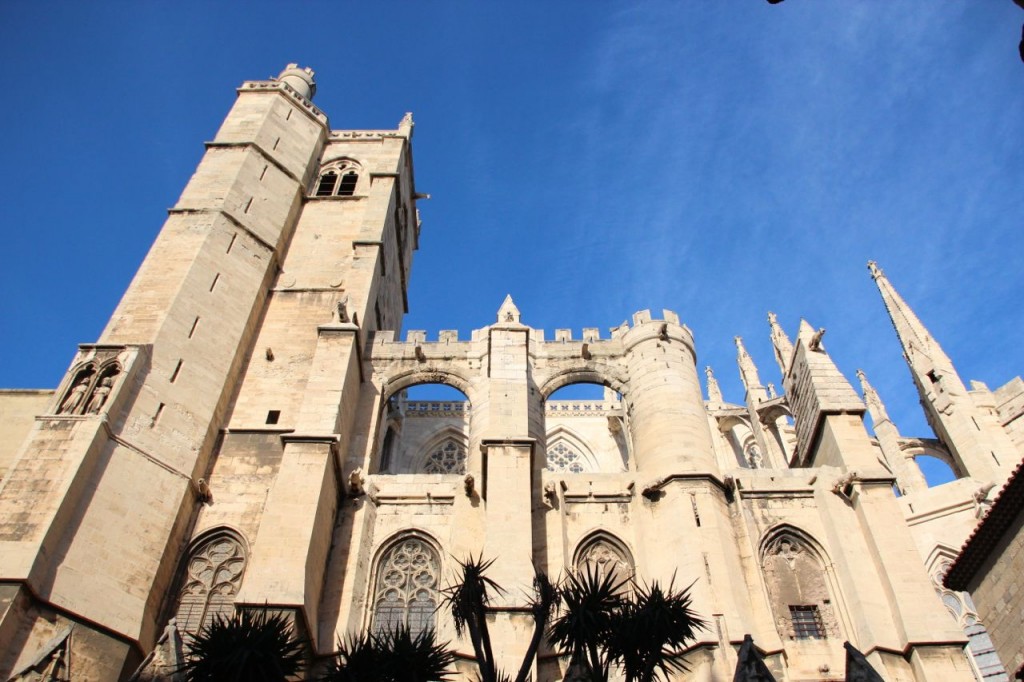
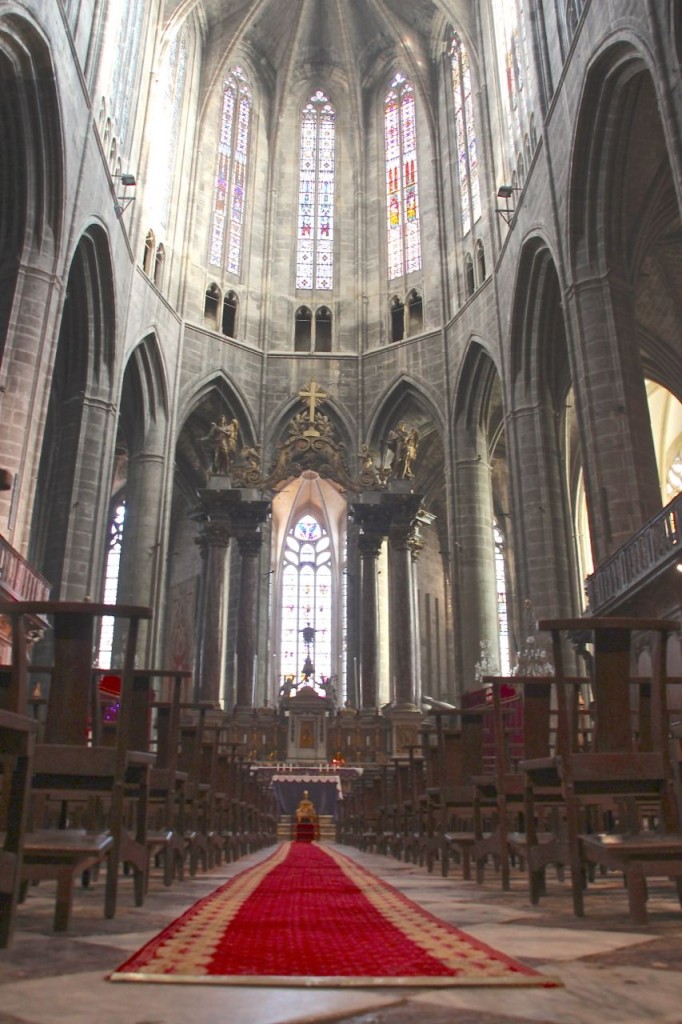
Narbonne is located in the Languedoc-Roussillon region of southern France and is linked to the nearby Canal du Midi and the Aude River by the Canal de la Robine, which runs through the centre of town.
Narbonne has a population of over 52,000 and is slightly larger than Carcassonne, making it the largest commune in the Aude.
The canal travels 20 winding kilometres to Port la Nouvelle carrying the water to the sea.
The main attraction to this town is the Cathedral. The church was built in 313 when Christianity became the legal religion, and they built the church on an already existing religious site. It burned down in 441, and was rebuilt a number of times throughout history. The current Cathedral was started in 1272. The choir section reached completion with a beautiful three-storey pipe organ. Then the economy in the region crashed.
The church was never completed when the money allocated for the venture had to be divided between the Narbonne and the Capestang church construction, leaving both incomplete. The demise of the area was accredited to many reasons: River Aude’s course change, as well as salt not being as much a vital resource as once was. Then came the Plague and the church construction for both stood frozen in mid stream. Narbonne church required breaking down the 15th century wall, a wall then needed to protect Narbonne against the black plague disease carried by rats. Both areas were hit hard.
With the Canal du Midi and the Canal de la Robine built, both towns had access to the sea, and could sustain trade. The areas stayed alive through the tough times, especially with wine being so sought after even during the 17th century to present.
During the Roman times Narbonne was the most important city in all of France as it was the direct export route to Rome.
The Narbonne church, Cathedral of Saints Justus and Pastor of Narbonne (Cathédrale Saint-Just-et-Saint-Pasteur de Narbonne) carries the name Basilica Minor and was the home of the Archbishop of Narbonne. Basilicas are not just a style of church, but are ordained by the Holy See (the head of the Catholic Church not the vatican). It gets confusing at this point… something about The Pope himself having to visit and ordain the church a Major Basilica. Four out of five Major Basilicas are in Rome and the last in the Vatican city. It is a way to rank the holiest of the holy.
———-
During our visit to the Narbonne church, the winter festival was in full swing. Wooden huts set up along the canal were filled with last minute Christmas shoppers and pedestrians taking in the 20 degree sun. Not starting out so hot, we peeled off layers of clothes as the day heated up.
The group Goulamas’k performed in Christmas Elf costumes in the Church square. It seemed everyone in the Languedoc had the same idea, and every chair was full of people stopped for a refreshment in the warm winter sun.
This last summer, the township of Narbonne decided to give the walking paths along the Canal de la Robine a facelift and added another square in front of the public covered markets. They also added a pedestrian bridge over the canal. We walked down little cobblestone paths, peeked in store fronts and enjoyed the decorations. The new area looks fabulous and will increase tourism, giving the old area a good polish.
I often ask Alfonz, what would we have happened if we found Narbonne first? The archetecture along the downtown core looks Eastern European with three-storey traditional walk-ups that we love so much. Alas, the conversation always turns to how windy it is in Narbonne this time of year without the protection Capestang has from our hills around it and the definitive ending to the conversation, is that we made our choice based on weather and everything happens for a reason. And we would never have met our friends in Capestang if we didn’t live here. Cheeky man of mine answers me with, we will never know the friends we would have had here either. True enough…
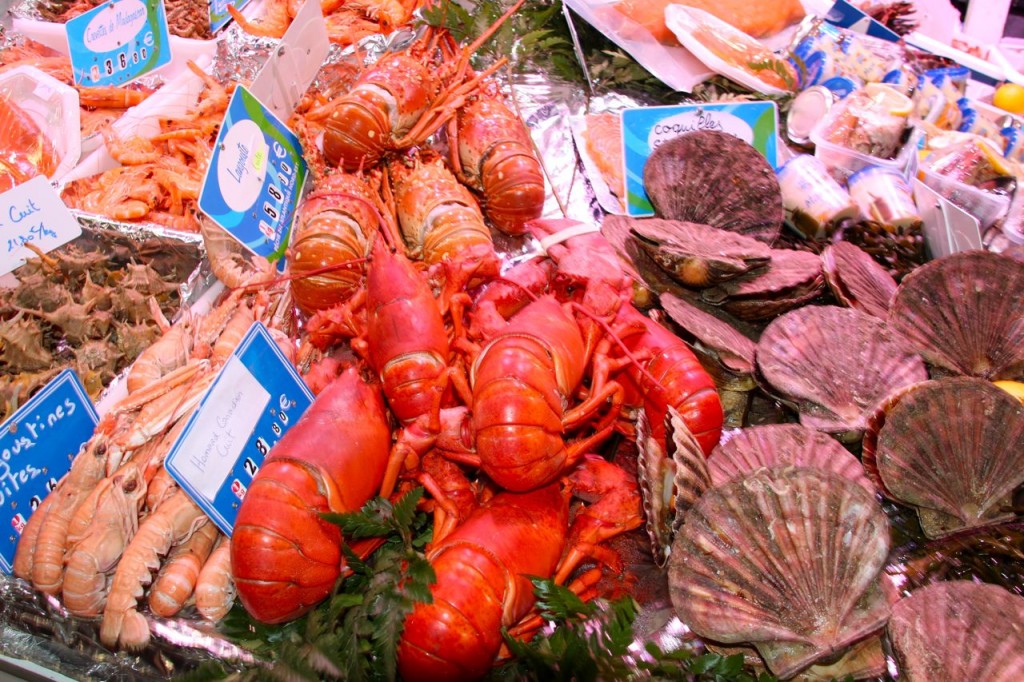
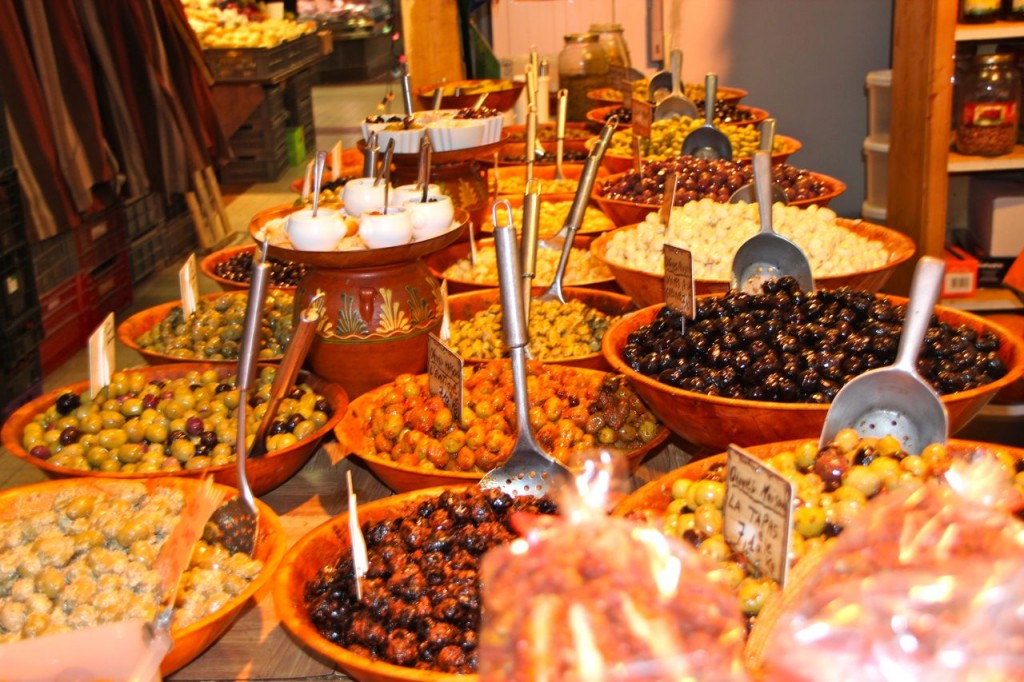
Narbonne covered market bring folks from all over the region as well as tourists during the spring, summer and fall. Local seafood, fresh fruits and vegetables, butchers with their local goods, Mediterranean treats like olives and pastries, and a number of fine restaurants are located in the market.
Narbonne truly has so much to offer, and is a popular destination in the Languedoc.
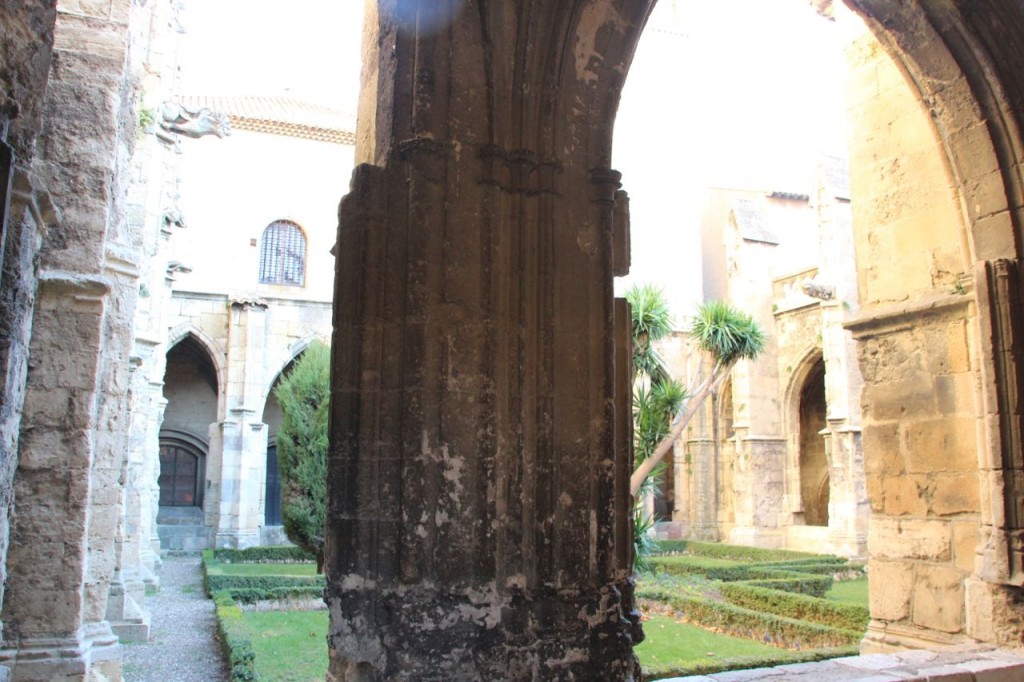
Courtyards Narbonne Church
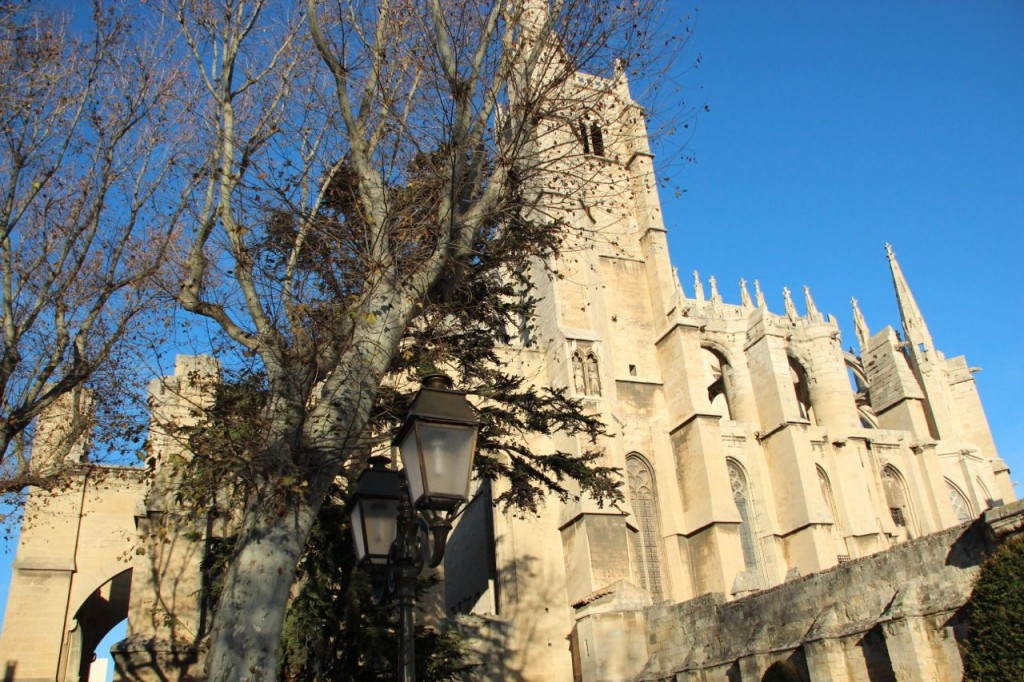
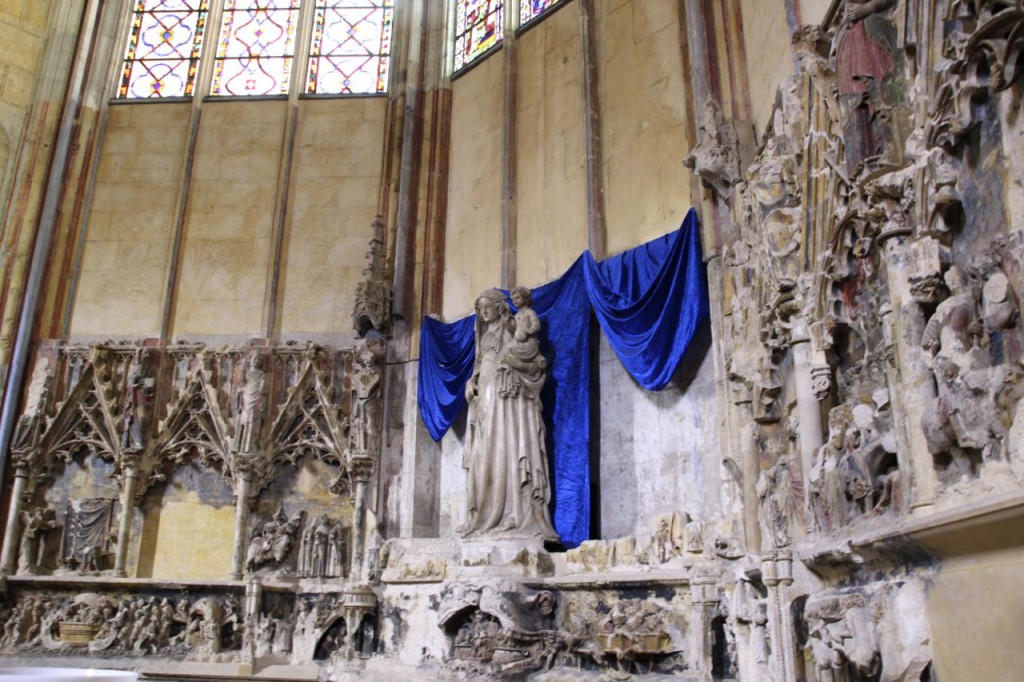
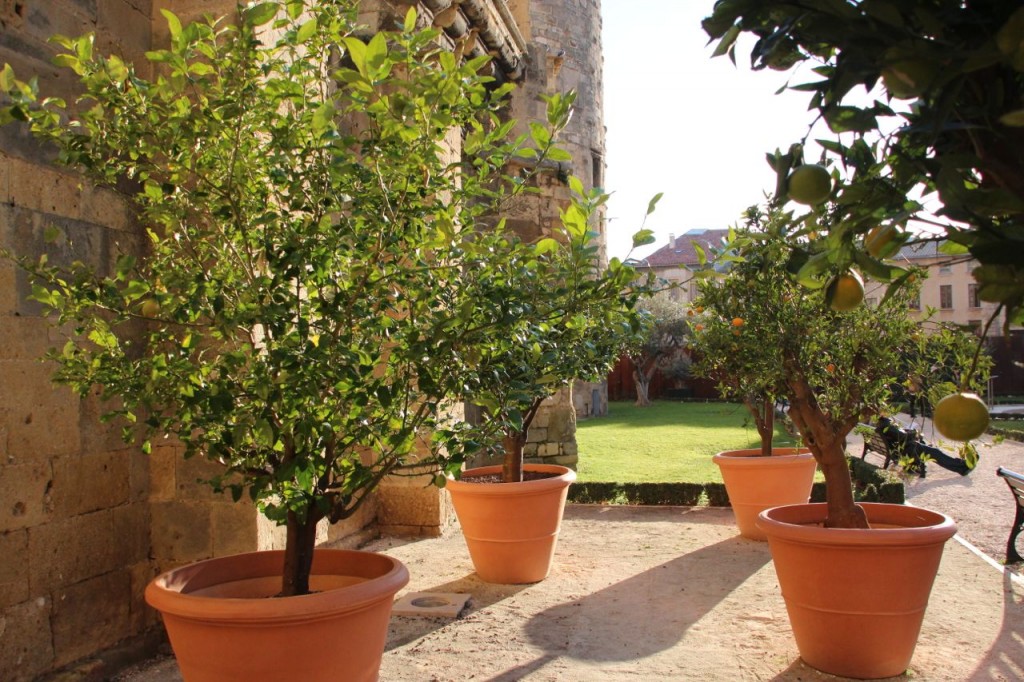 Narbonne Cathedral Gardens Orange Trees
Narbonne Cathedral Gardens Orange Trees
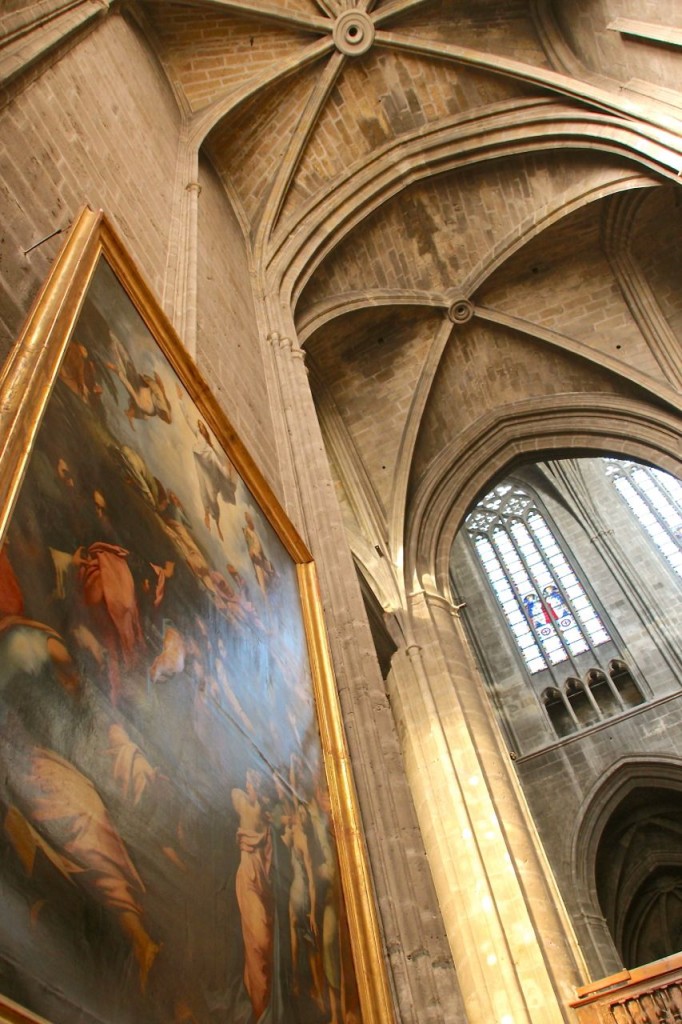
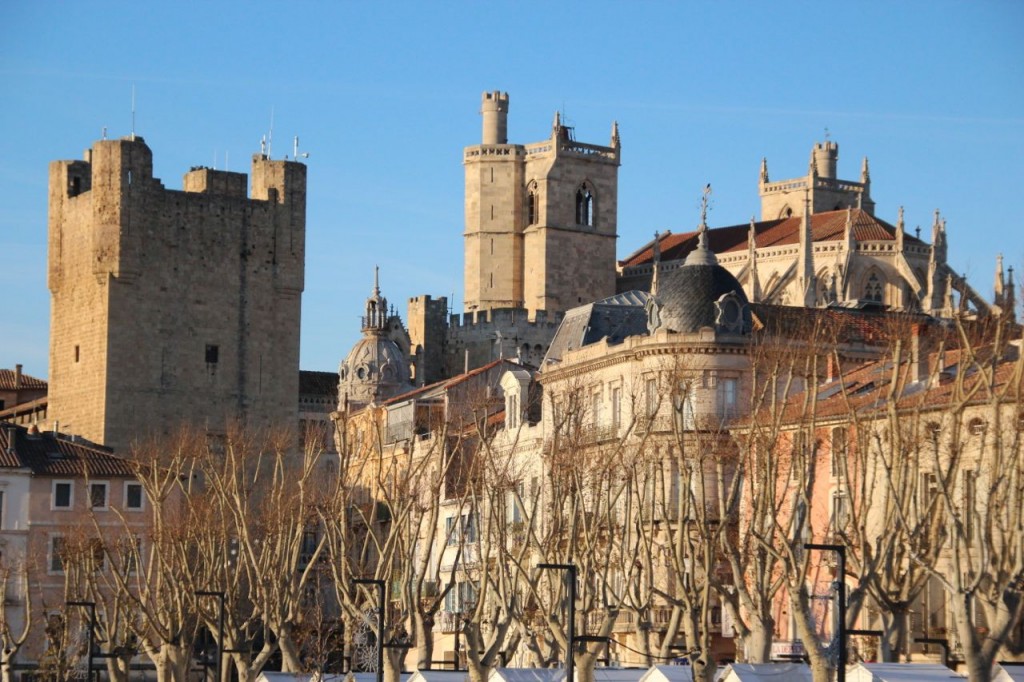
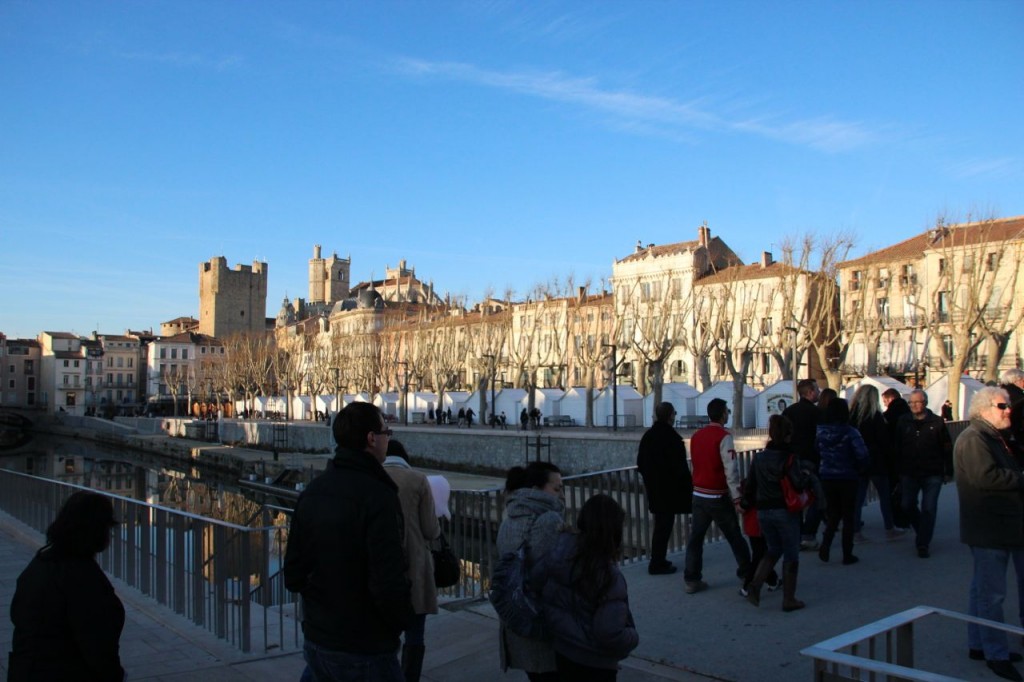
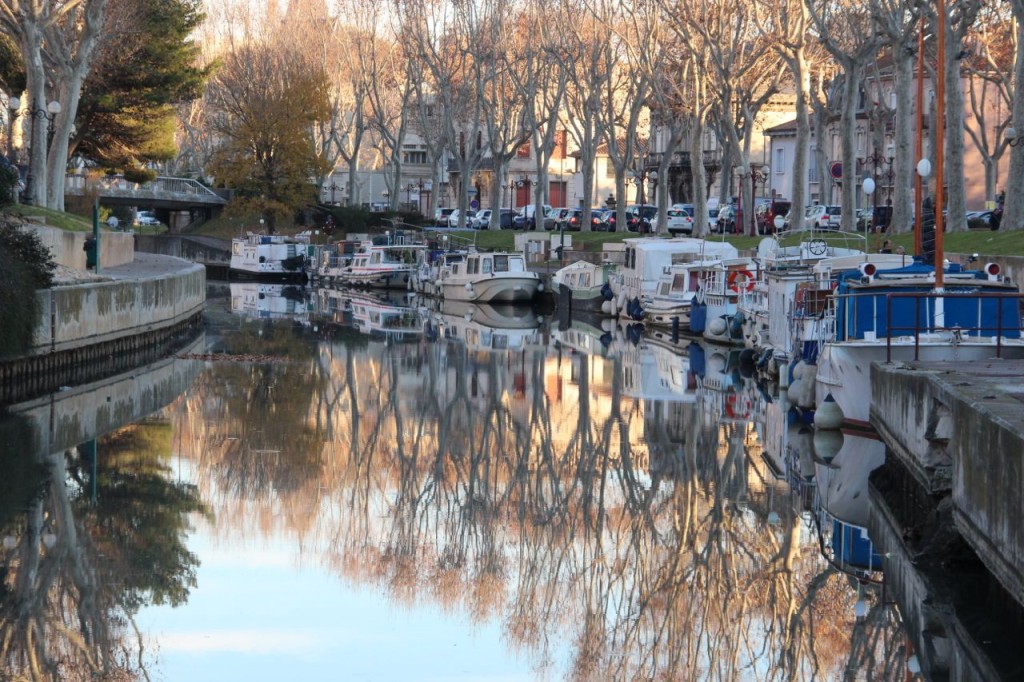
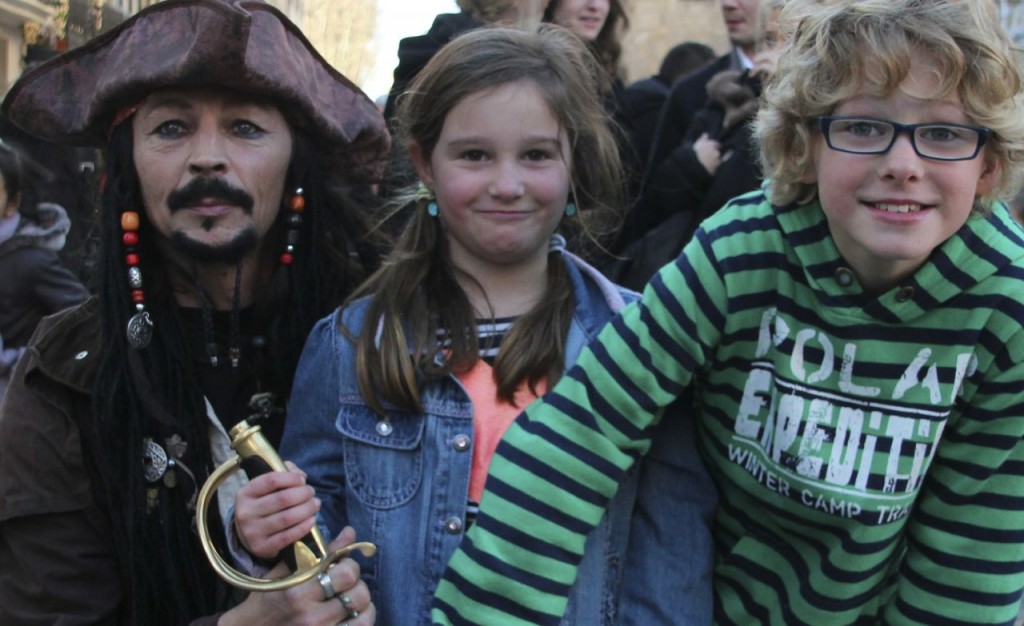
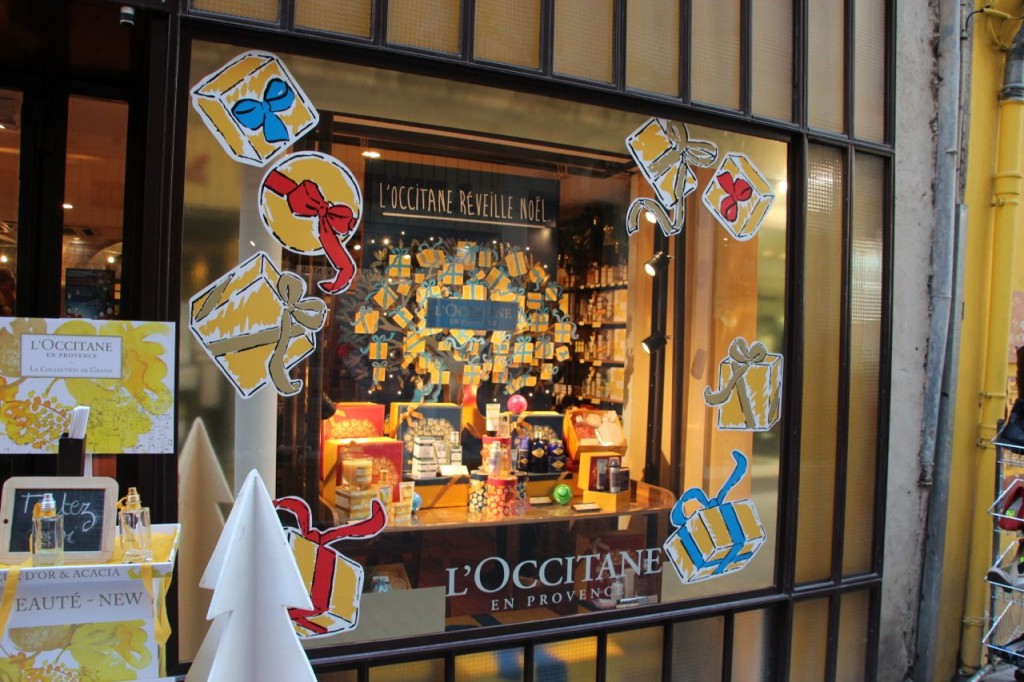
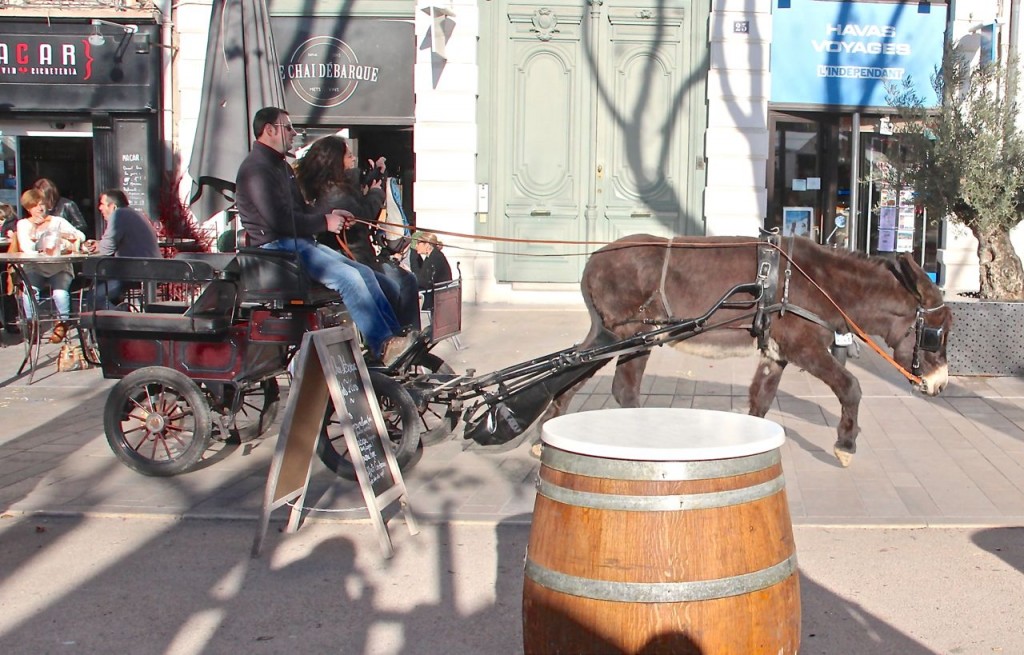
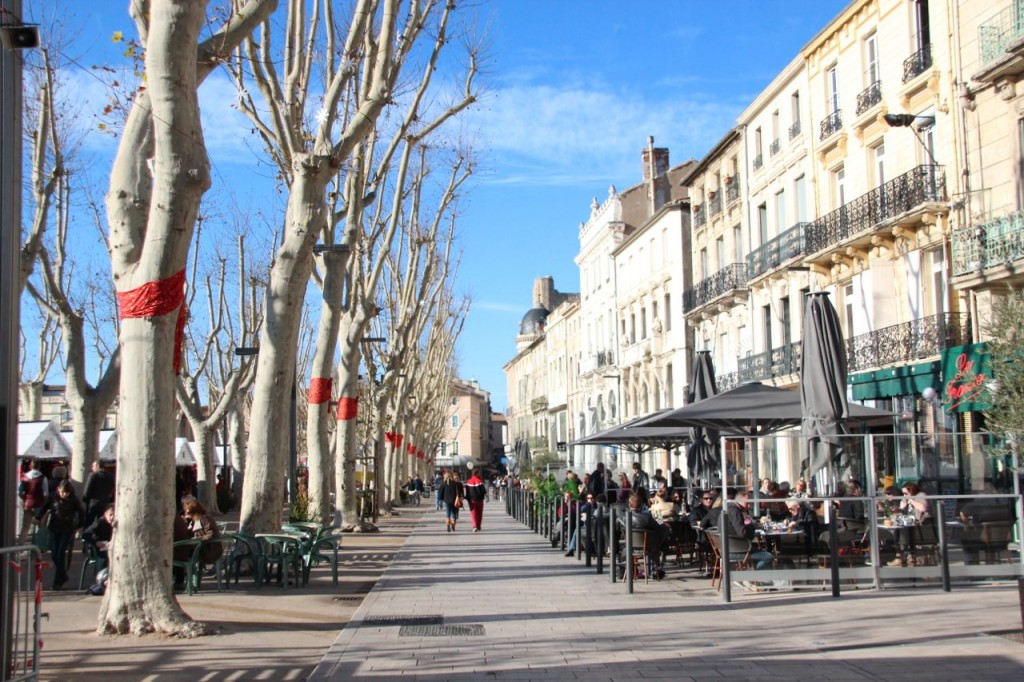
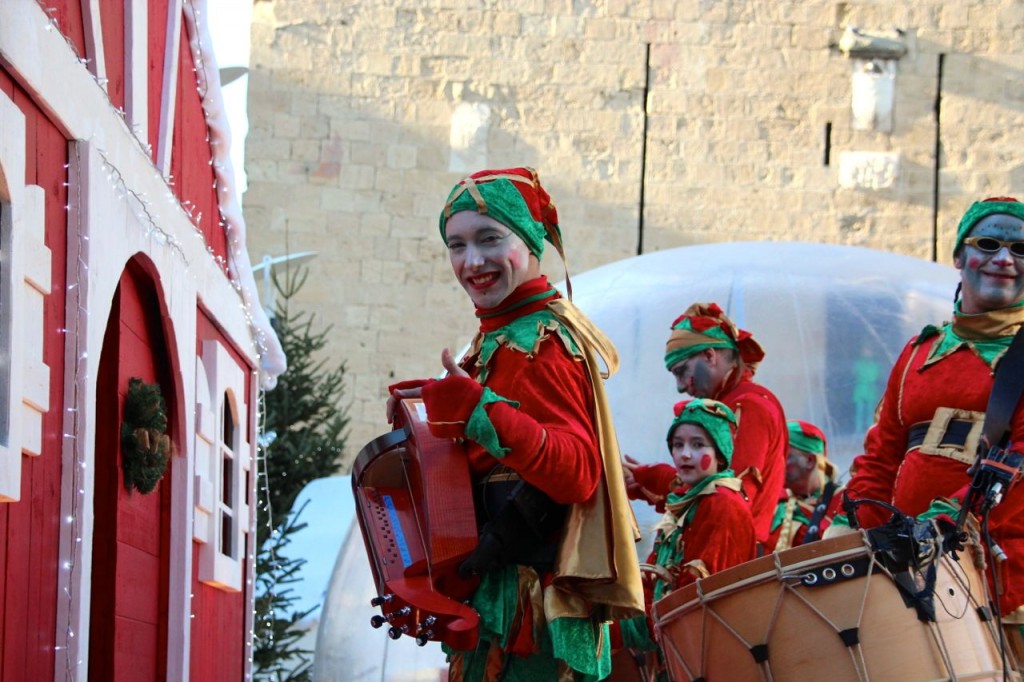
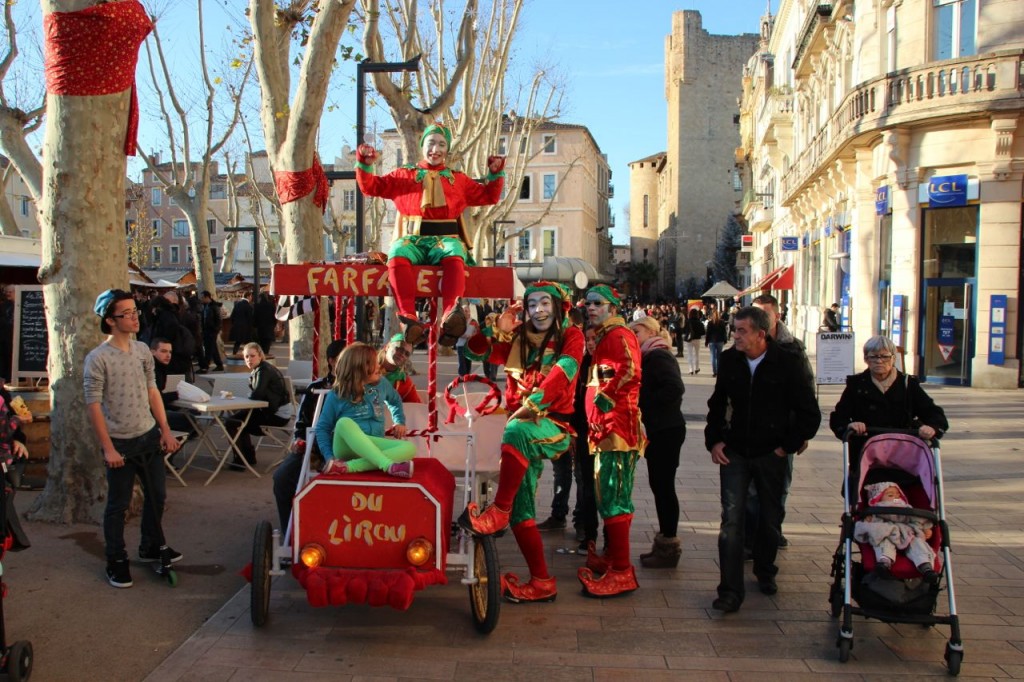
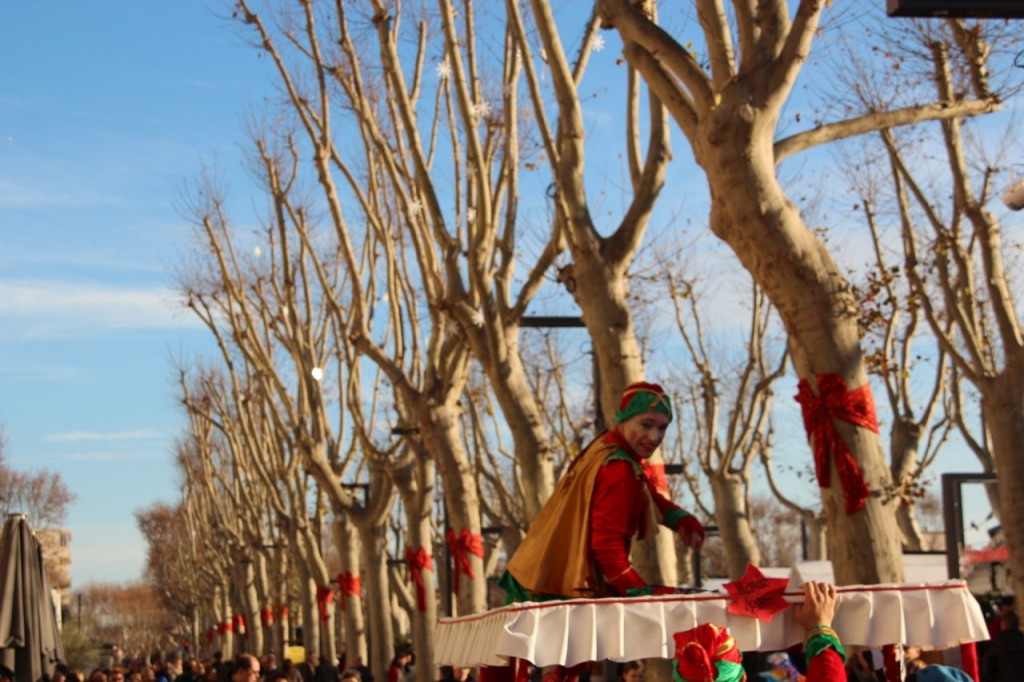
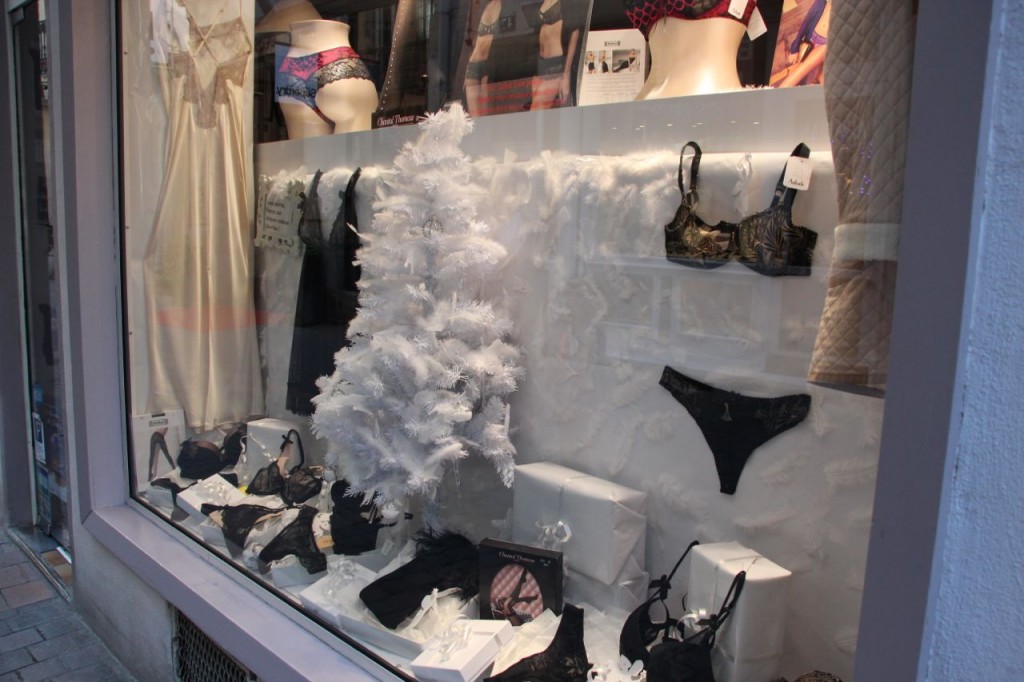
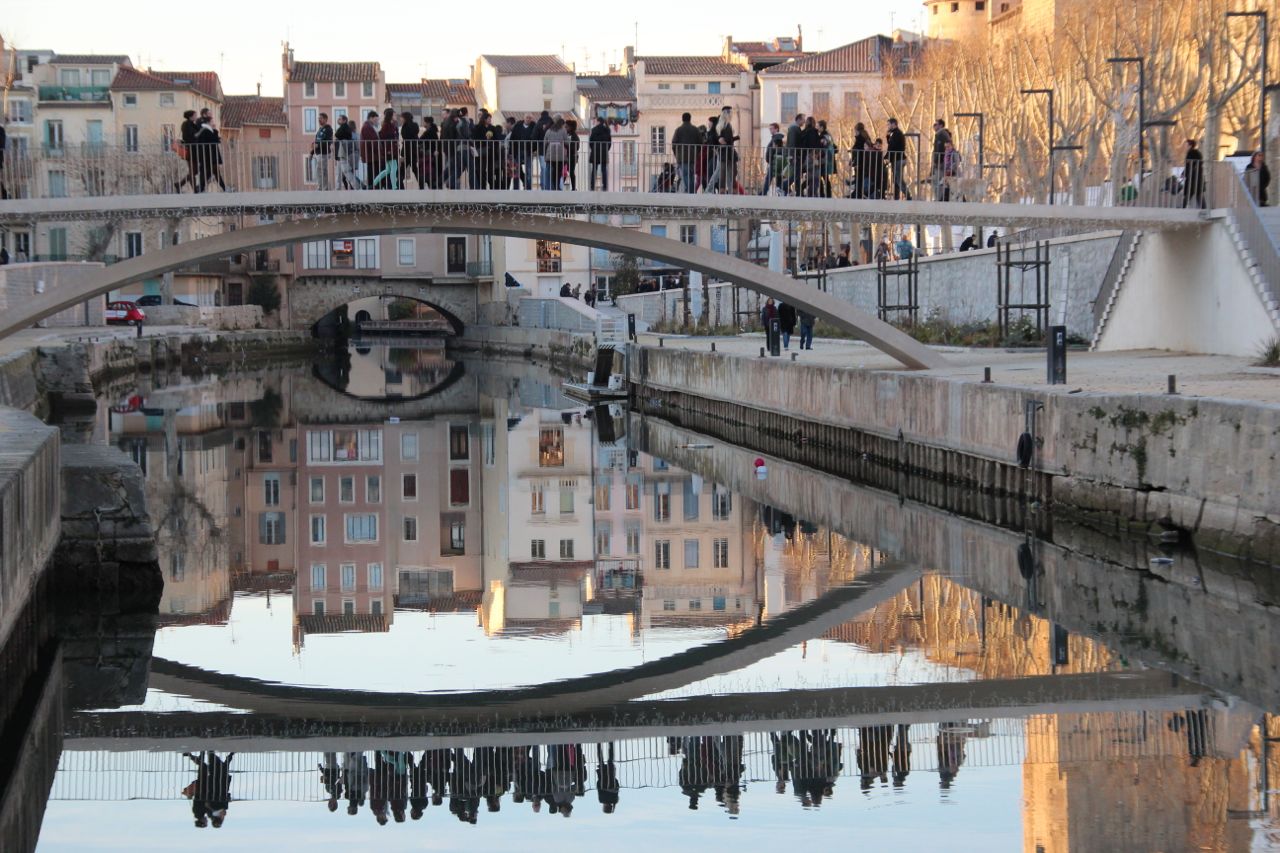





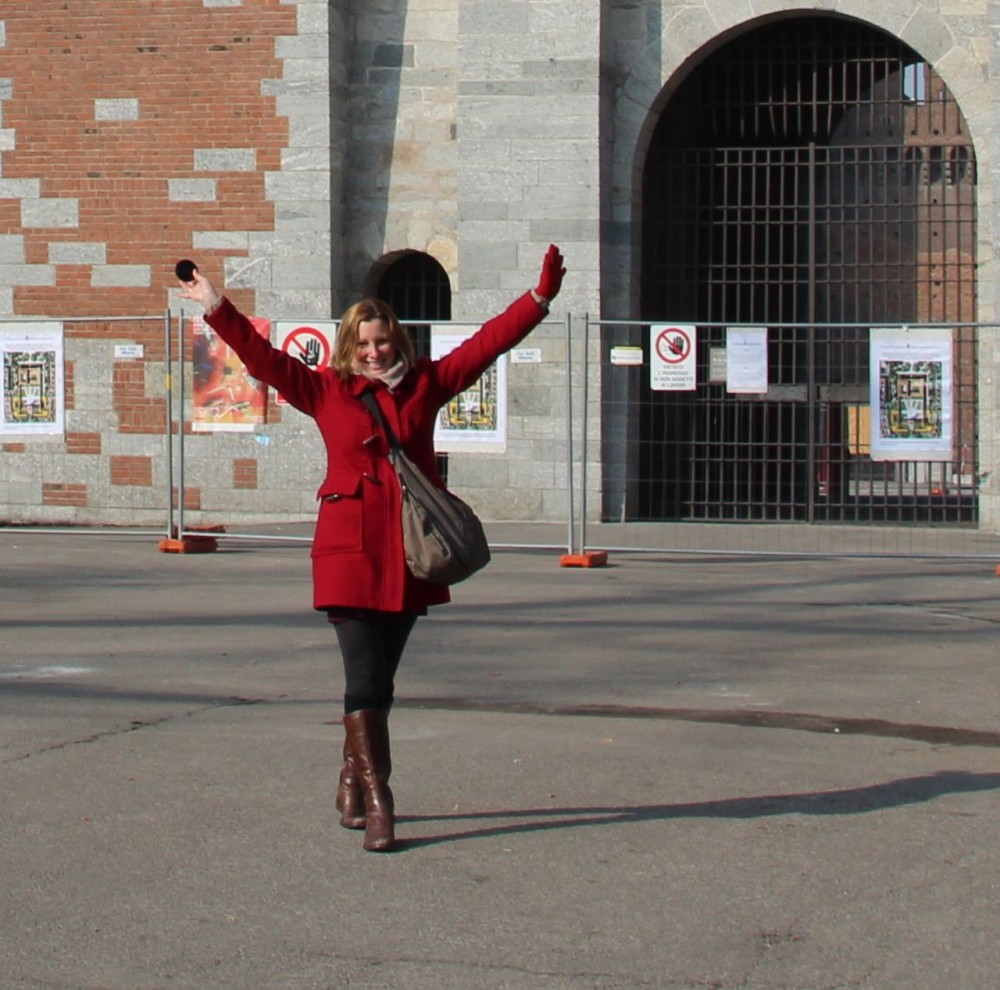




[…] most famous places in the Languedoc are: Carcassonne Castle, Minerve, Montpellier, Narbonne, Pezenas, and Cap D’Agde– all offering tourists an experience more than just historical […]
[…] to mention all the things a short drive away: Beziers, Narbonne, Narbonne Gruissan Beach, Valras and Vias Beaches, Carcassonne and the famous castle, Minerve, […]